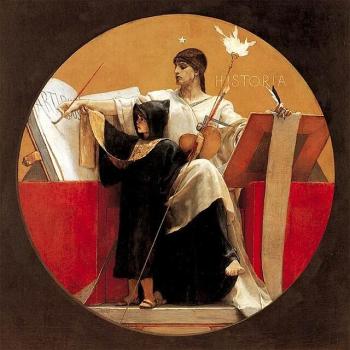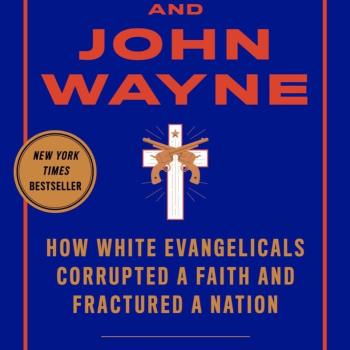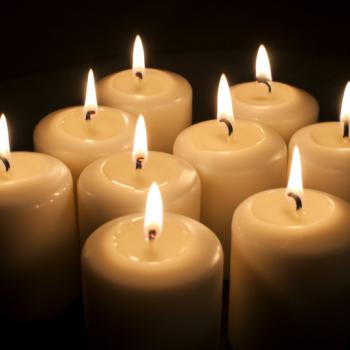This week’s big religious headline was a Pew Report that documented (among other trends) the rapid rise of religiously non-affiliated Americans (“nones,” colloquially). The ranks of the unaffiliated (comprised of atheists, agnostics, and those with “nothing in particular”) rose from 15.3% of the U.S. population in 2007 to 19.6% in 2012. Although Pew carefully notes that many “nones” maintain belief in God and other markers of religious belief, this is still a large increase in religious non-affiliation.
Pew headlined its report with the rise of the “nones,” but most newspapers led with the fact that Protestants have finally lost their majority status, declining to 48% of the American population in 2012. White evangelicals declined from 21% of the population to 19% over the span of five years (though it seems that this figure simply has been fluctuating between 18 and 21%), and white mainline Protestants declined (more straightforwardly) from 18 to 15% of the population. Catholics appear to be holding steady.
What should one take away from this report? Mark Tooley has an interesting rebuttal at the American Spectator:
The myth that America was once a solidly Christian and church going nation that only recently has secularized is widely believed by religious and secular alike. But the 40 percent of Americans who’ve regularly across the last 80 years at least claimed they attend church regularly is almost certainly higher than church going was in the 19th century, which itself was likely higher than the 18th century, as a footnote in the Pew study briefly admits.
It’s very hard to predict the future. If present trends continue, however, in the coming decades we should expect the continued decline of mainline Protestantism, perhaps a small decline of white evangelicalism, roughly comparable Catholic membership, and a sharp rise in “nones.” Trends, of course, do not always continue. Since the survey tracks only “white evangelicalism,” that makes it difficult to assess evangelicalism’s future. As evangelicalism continues to become a more racially diverse religious impulse, evangelicals may well hold their own.
I’d love for our readers to help me sort out this report. I’m not a sociologist, so I’m only sharing my hunches. While there are many mitigating factors (such as immigration of religious believers, including Christians in large numbers), I think Americans will, on average, express lower levels of religious belief and practice in the coming decades. Partly this depends on whether the beliefs and practices of young Americans as identified in the Pew Report persist as that cohort ages. Just because all of the predictions of rapid secularization made in the 1930s and 1960s turned out to be incorrect doesn’t mean that religious non-affiliation and disbelief will not continue to grow in future decades.
I’ve only begun to wade through the entirety of the report. Sections on the religious affiliation and beliefs of young Americans are also noteworthy, as are some of the political ramifications of the developments documented by the report.












